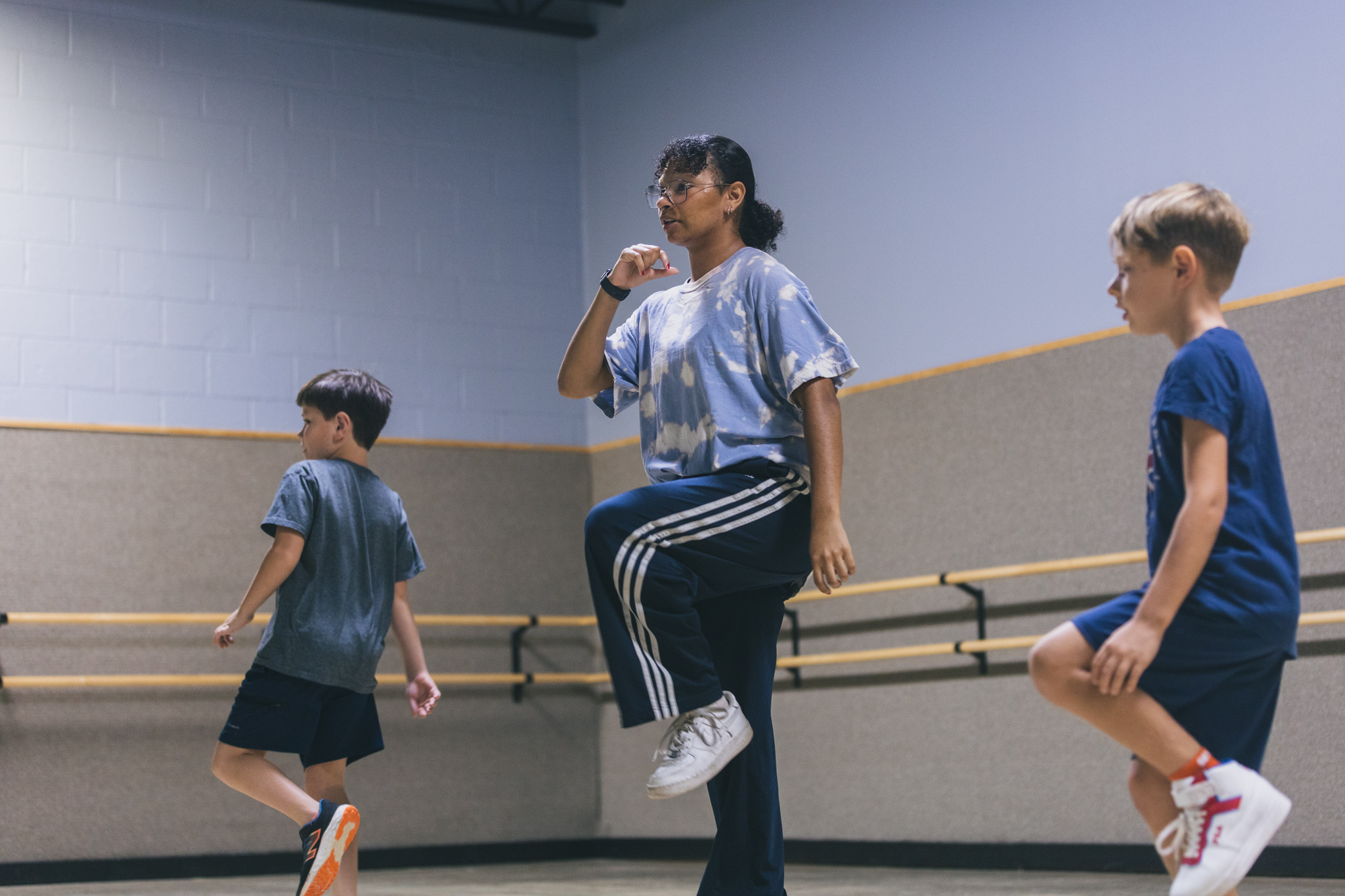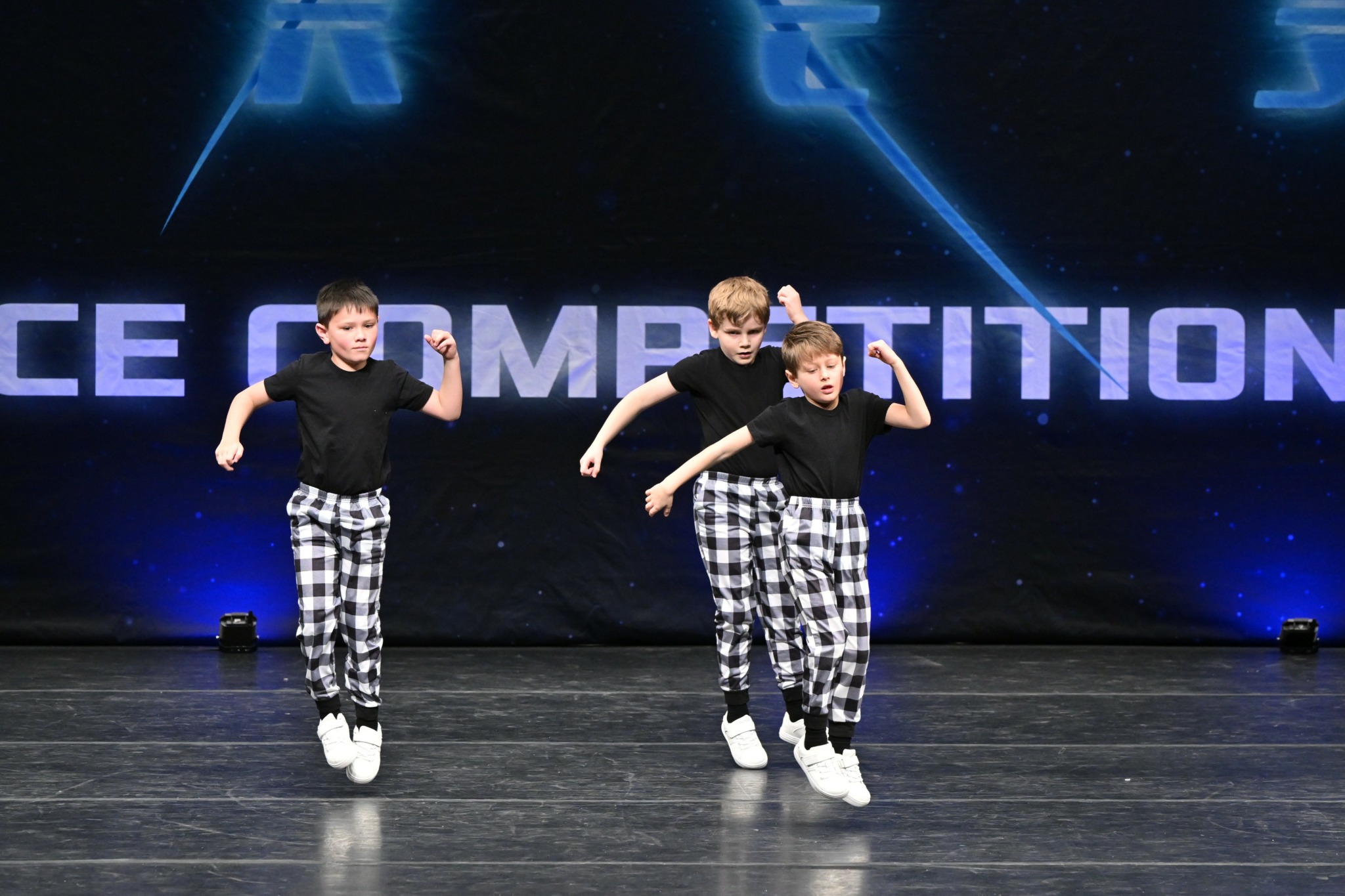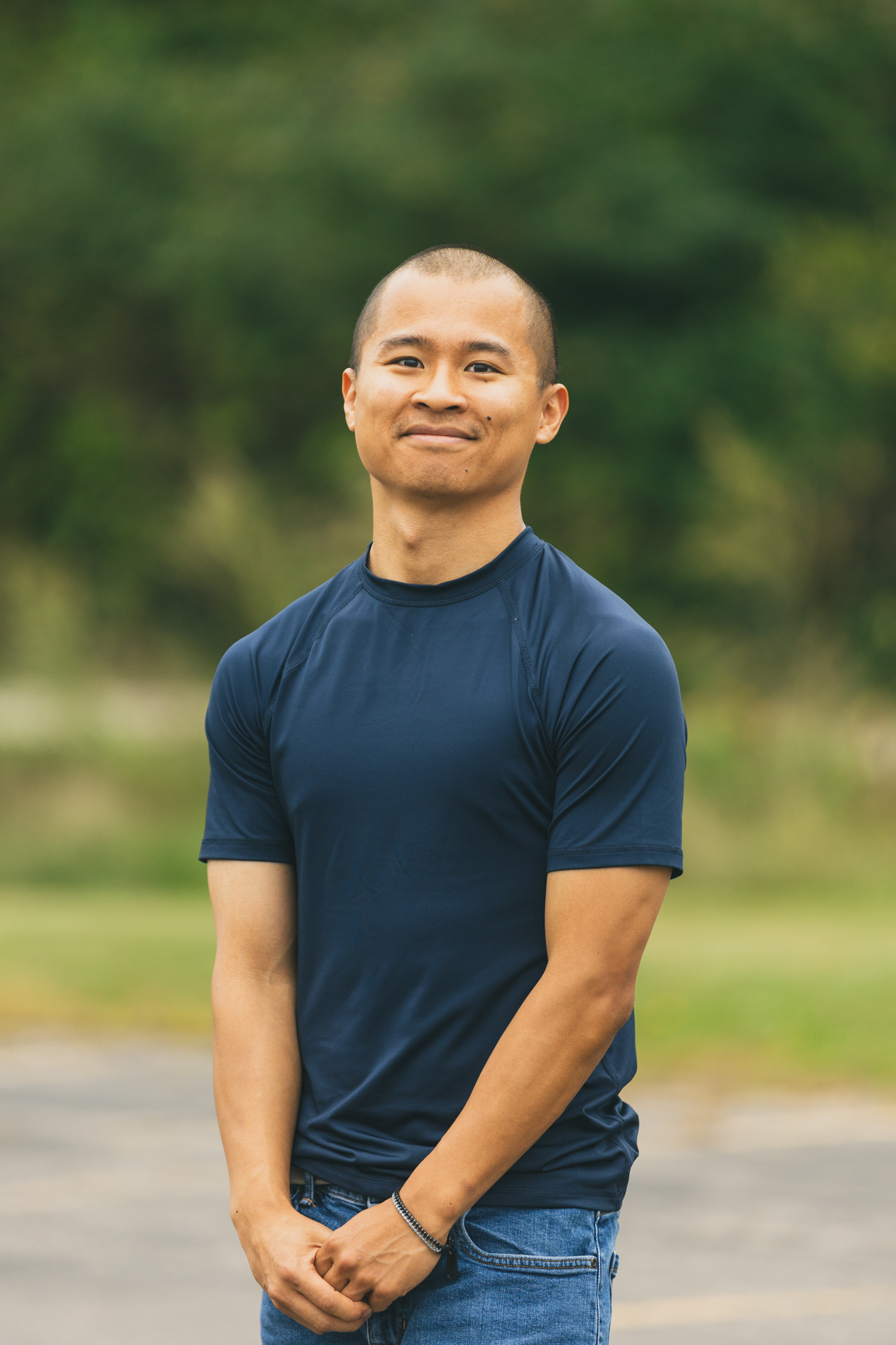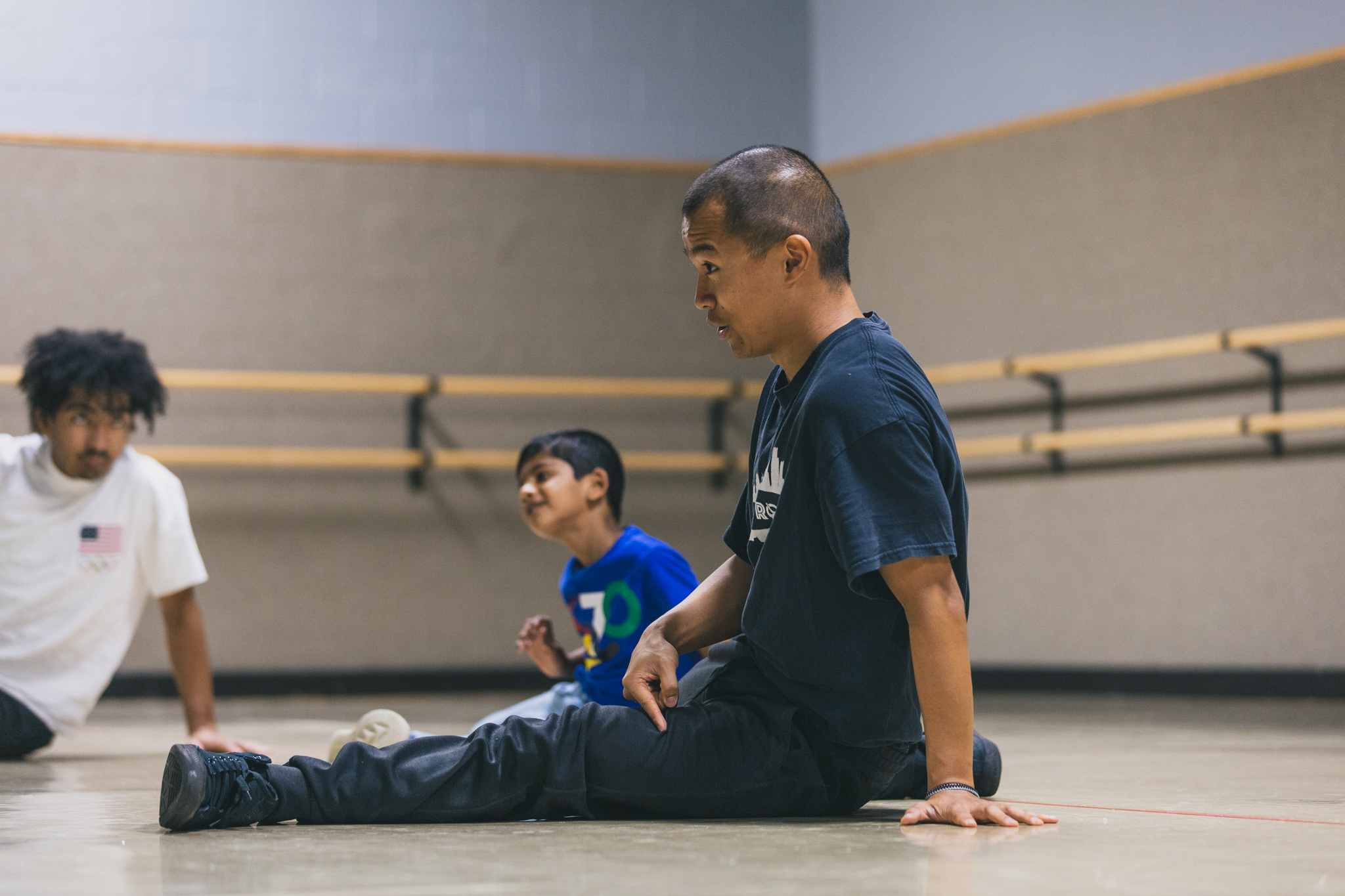We recently connected with Franky Hang and have shared our conversation below.
Franky, looking forward to hearing all of your stories today. Learning the craft is often a unique journey from every creative – we’d love to hear about your journey and if knowing what you know now, you would have done anything differently to speed up the learning process.
I started breaking—aka breakdancing—in 2010 during high school. My older brother was into it, and I’d see classmates practicing in the hallway. Funny enough, I also remember being inspired by a dancer doing a windmill in Justin Bieber’s Baby music video.
Since then, I’ve never looked back. I trained and entered battles throughout college and beyond. YouTube was a huge learning tool for studying footage, tutorials, and interviews.
If I could’ve sped up my learning, I might’ve found mentors earlier. I’ve always enjoyed, however, the freedom to explore and develop my approach to dance in my own way.
The most essential skill? Love what you do (unoriginal, I know). If you truly enjoy it, you’ll naturally figure out what it takes to grow and succeed.
As for obstacles—there are always some. Injuries and the slow grind of marginal gains. The hardest part is just staying the course. Even now with the dance school and focusing more on our students, I’m still training and trying to get better. I’m a student myself first.
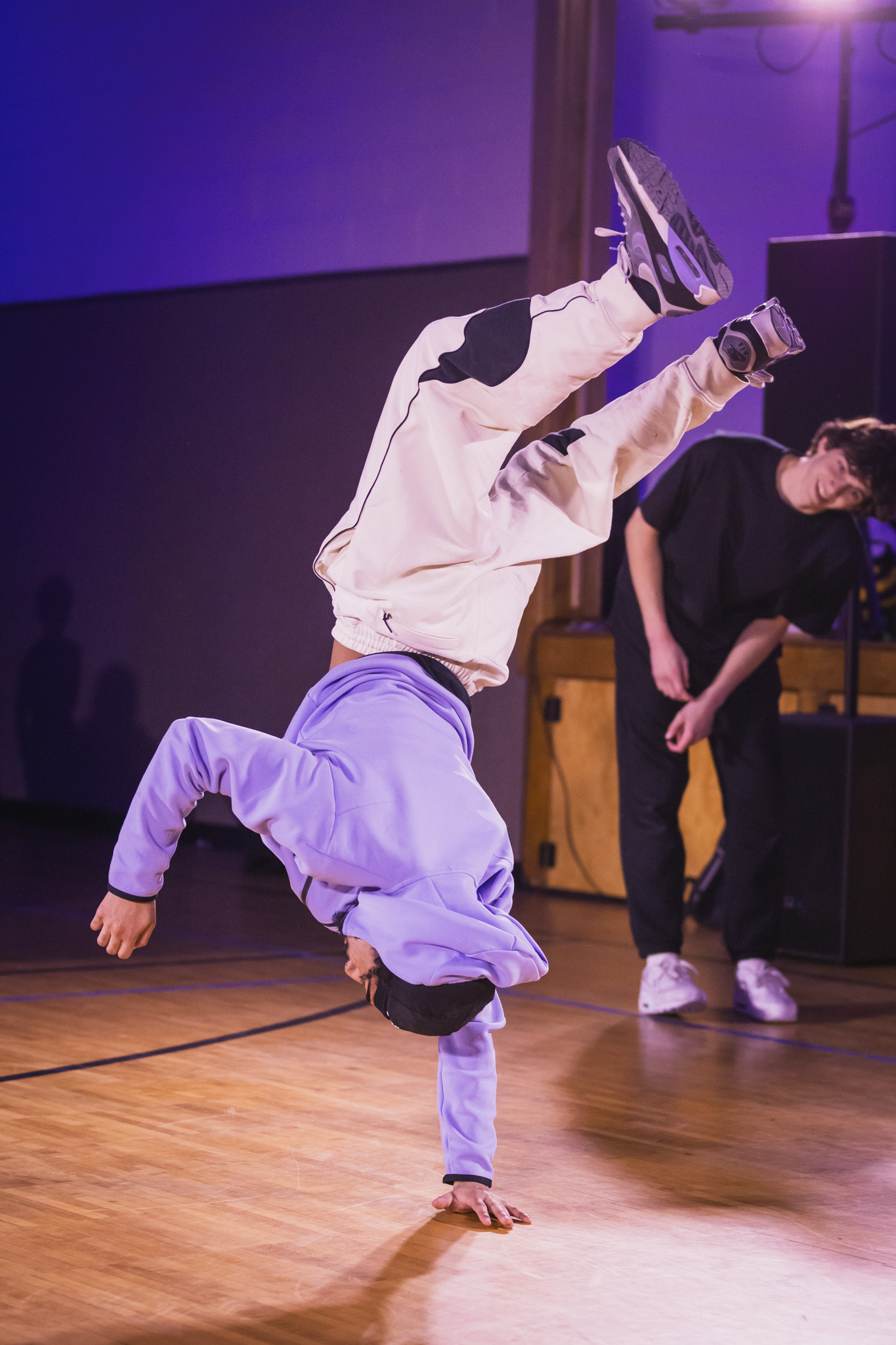
Franky, before we move on to more of these sorts of questions, can you take some time to bring our readers up to speed on you and what you do?
I started Dynamics Street Dance Academy (DSDA) a year ago now (2024) where young students could have fun learning dance.
I think what sets DSDA apart from other places comes down to two things:
1. Our singular focus on street dance styles: breaking, hip-hop funk, and acrobatics. Unlike traditional studios that may offer everything from ballet to contemporary, the goal for our students is to reach their full dance potential with a more singular focus. We’re not trying to be everything—we want to be our best at what we truly love.
2. Our dedication to each individual student. We keep class sizes small so every student gets careful attention. And commitment goes both ways—we’re selective with whom we take on, because we want to work with students who are ready to grow. As students progress from beginners to more serious dancers, we also invite them to be a part of our competitive dance team, Dynamic Collective, which is a lot of fun and makes for some great memories.
We often hear from students and parents who felt overlooked at other studios—classes were too large, slow growth, or maybe their end-of-season recital felt uninspired. They come to DSDA looking for something more—and we meet them there.
I’m incredibly proud and thankful for everyone who’s been part of our community in its first year—parents, teachers, and students. We’re just getting started. Our commitment is towards student excellence and dance is just how we get there.
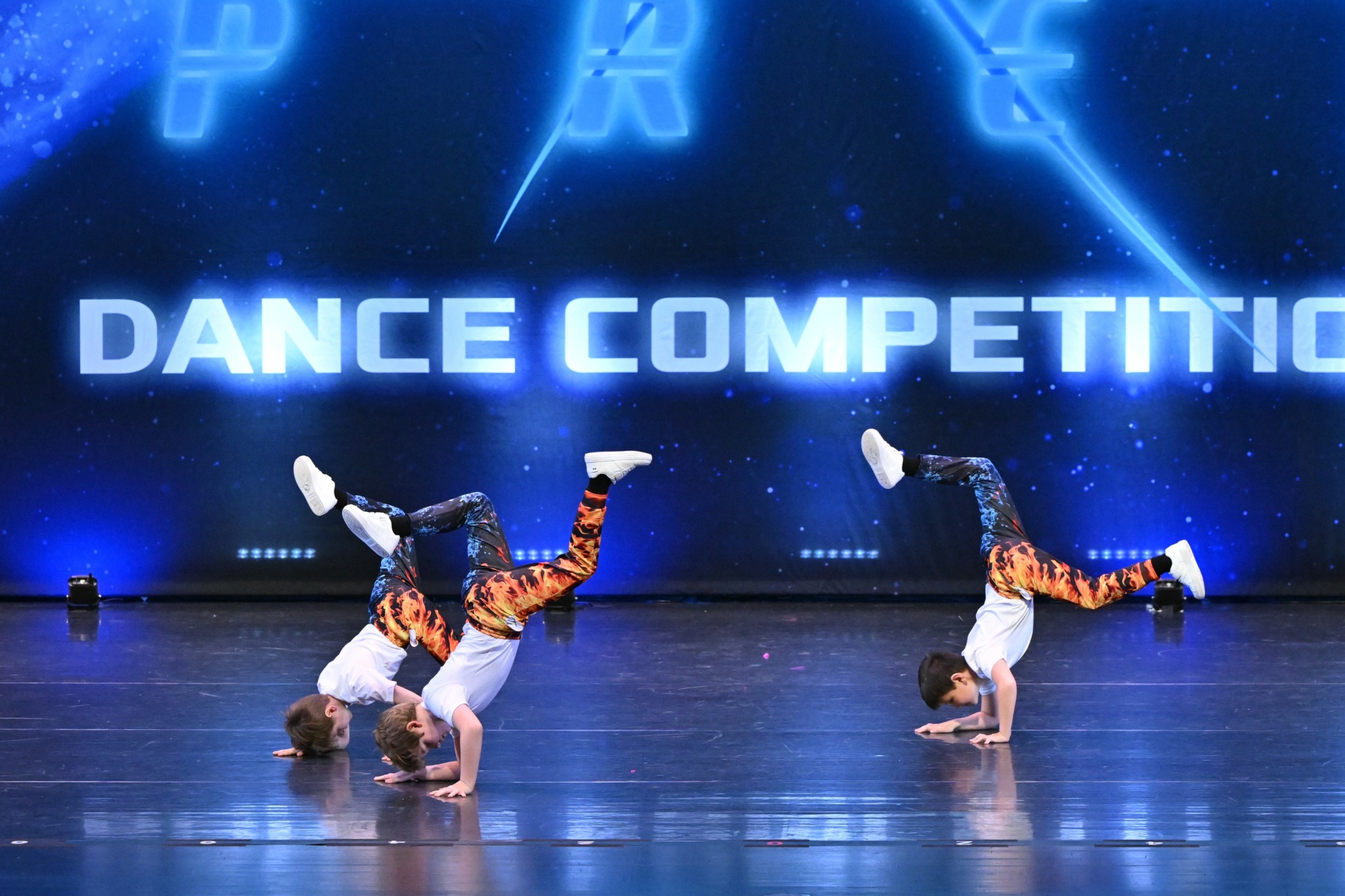
How can we best help foster a strong, supportive environment for artists and creatives?
I actually don’t think we should necessarily place a demand on society to support artists and their work. People naturally gravitate toward art that resonates with them—whether it inspires them or reflects truth. We don’t listen to Mozart centuries later because we “support” him.
I think most artists agree that solely chasing financial success can dilute your work. When I dance, for example, I want to create something that reflects a truth about life: symmetry, balance, agility, strength, rhythm. I think when art reflects something real, people will find it.
That said, I think as consumers—especially online—we should try to hold ourselves to a high standard. A thriving creative ecosystem depends on both artists and audiences to meet one another with honesty and depth.

What’s a lesson you had to unlearn and what’s the backstory?
Probably the biggest lesson I’ve had to unlearn through dance—though it applies to life as a whole—is the habit of coveting. I used to be hyper-focused on achievement.
When you chase outcomes, not only is the process miserable—but ironically, the quality of your work suffers. And the beautiful part is, if you focus on what you already know is important and meaningful, results often follow anyway.
There was a point in my competitive career when I trained really hard: I took lifestyle habits seriously and gave 110% at events. But I hated it. I hated myself when I lost a battle. I couldn’t sleep. When I look back at the footage, technically I was sharp—but not really inspiring. I just looked like a circus monkey doing a bunch of tricks.
To be clear, if you’re serious about excellence, you should train hard. You should watch your diet, get to bed on time, etc. But instead of self-inflicting damage by obsessing over outcomes, do it for the art.
If you do it for the art, it means you love it. And that’s more sustainable.
So this isn’t just about some vague idea of being “at peace” or “letting go”. Honestly, I think people who resonate with this lesson do so by already living through it.
Contact Info:
- Website: https://dynamics-sda.com/
- Instagram: https://www.instagram.com/dynamics.sda/
- Facebook: https://www.facebook.com/profile.php?id=61556666067790
